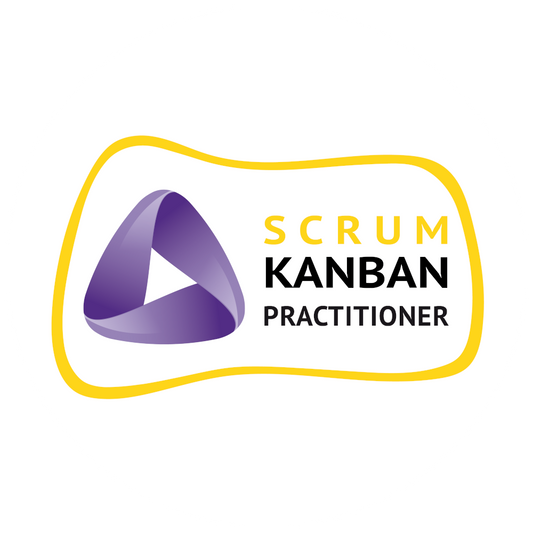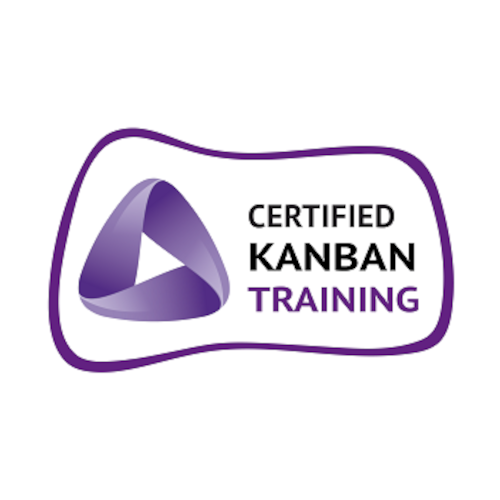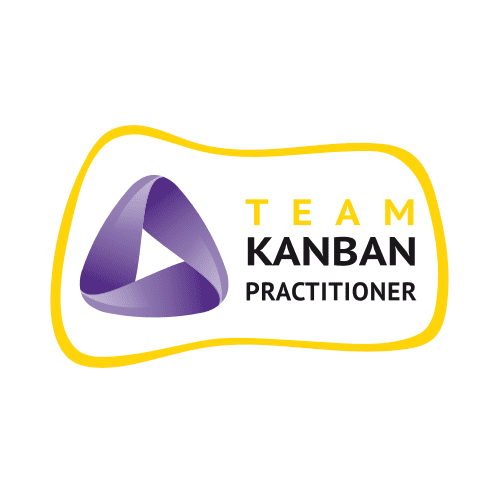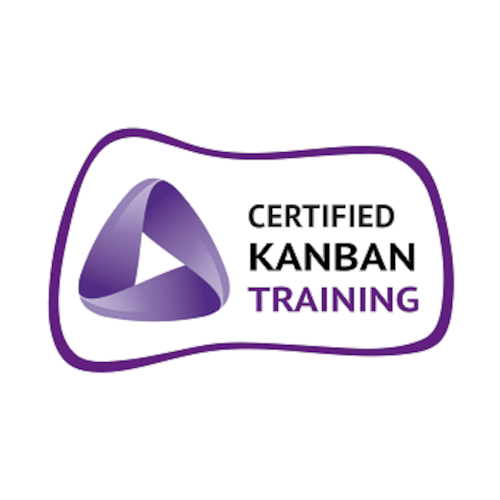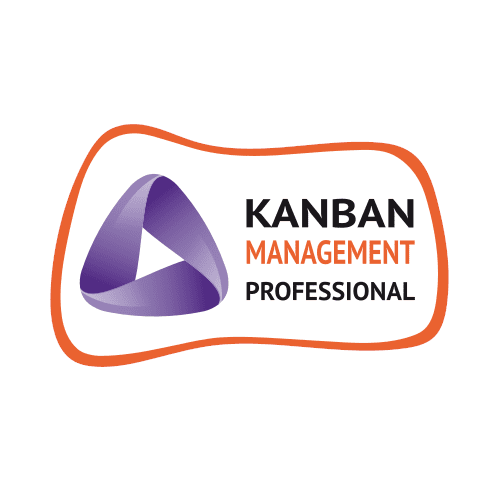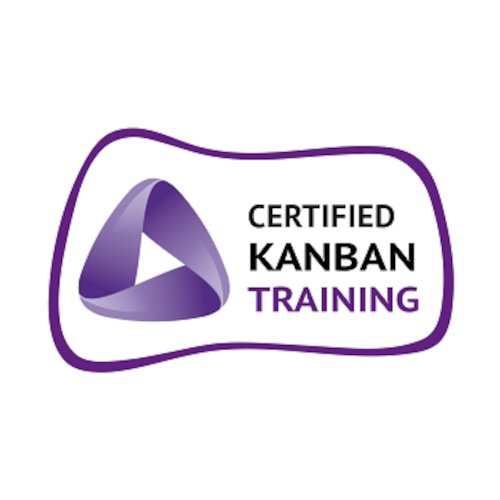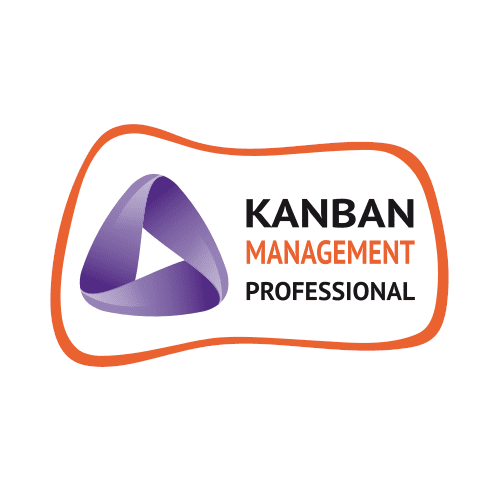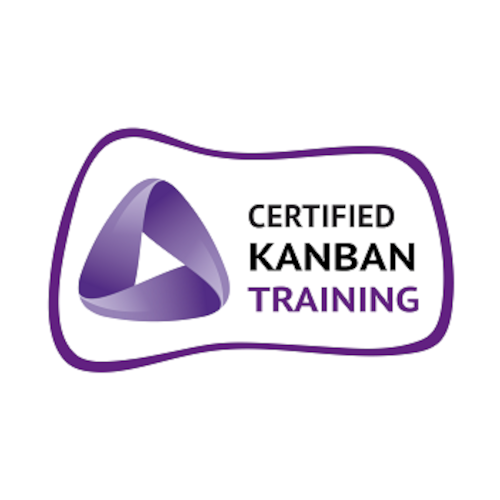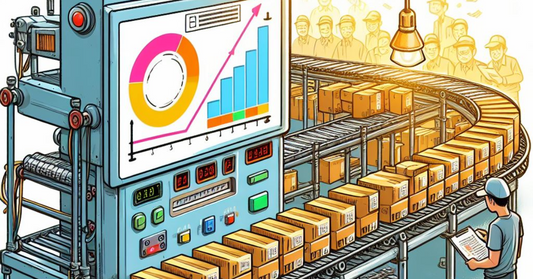Why Sprint Goals are Mandatory
Share
More often than you would like to see it, teams struggle to craft a proper Sprint Goal. As a workaround, teams then use generic Sprint Goals like “We’re burning down the whole Sprint Backlog”. Typically, those teams fail to make this generic goals, and also achieve only mediocre Sprint results at best. This article gives an overview of what a Sprint Goal is, what it is good for, and hence, why Sprint Goals are Mandatory.
What is a Sprint Goal?
Let’s first take a look at what exactly a sprint goal actually is. Sprint Goals are defined very similar in the 2017 and 2020 versions of the Scrum Guide. The Scrum Guide 2020 defines the sprint goal as follows.
The Sprint Goal is the single objective for the Sprint. Although the Sprint Goal is a commitment by the Developers, it provides flexibility in terms of the exact work needed to achieve it. The Sprint Goal also creates coherence and focus, encouraging the Scrum Team to work together rather than on separate initiatives.
As we can see, the Sprint Goal is supposed to be a single objective for the upcoming Sprint. This means, that a Sprint Goal should be expressed in a way, that it doesn’t contain conjunctions. You should not glue different topics together, in order to craft a Sprint Goal. The Sprint Goal is supposed to be the one, single, major step forward regarding the products evolution.
Why Sprint Goals are Mandatory
Now that we know what a Sprint Goal is, and what it is supposed to be good for, let’s have a look on how Sprint Goals are crafted. Ideally, the Product Owner participates in the Sprint Planning with a clear vision of the outcomes that he would like to achieve with the next Increment. Those outcomes should be usercentric, valuable, and clearly phrased. This allows the team to discuss the necessary steps to achieve those outcomes and craft a Sprint Goal as it is stated in the Scrum Guide.
The Sprint Goal is created during the Sprint Planning event and then added to the Sprint Backlog. As the Developers work during the Sprint, they keep the Sprint Goal in mind. If the work turns out to be different than they expected, they collaborate with the Product Owner to negotiate the scope of the Sprint Backlog within the Sprint without affecting the Sprint Goal.
The Scrum Guides definition from 2020 is slightly condensed in comparison the the old definition from 2017. In my opinion, the following sentence should not have been cut from the Scrum Guide, as it gives a pretty good indication what Sprint Goals are really there for.
It provides guidance to the Development Team on why it is building the Increment.
Here, we have it. The Sprint Goal is supposed to provide guidance for the development team, regarding the one thing, that they would like to achieve during the next Sprint. Hence it should be short, crisp and easy to understand.
Crafting Sprint Goals During Sprint Planning
Scrum is a usercentric framework, and everything evolves around the delivered business value. Hence, Sprint Goals should focus on the users and customers. I like to ask the following question during Sprint Planning.
What will our users be able to do with our product after the Sprint, that they haven’t been able to do before the Sprint?
Regarding this question a good example of a Sprint Goal is “We enable our users to edit their users settings.”. On the other hand “We do task A, task B, and maybe task C.”, obviously is not a very good Sprint Goal. It is neither cohesive, nor well structured, and it does not provide guidance, as it is just a collection of tasks, which may not even relate to each other.
In other words, Sprint Goals are short term goals on your product development roadmap. If you like, you can call them milestones. This makes clear why they are important and have to be crafted thoughtfully, and with care.
Final Thoughts
We have seen what a Sprint Goal is, how and when it is crafted, and how this serves the cause of a directed, well-structured product development. Sprint Goals provide direction for the team during its Sprints, and represent the cause that the team serves with the next Increment(s). Hence, Sprint Goals are short term goals on the product development roadmap. They link the team to the users needs and improve focus on the most valuable features to be implemented. This explains, why Sprint Goals are mandatory. No team should handle them as a bonus or nice-to-have. Take your time crafting your Sprint Goals, and make the best out of your product development.


